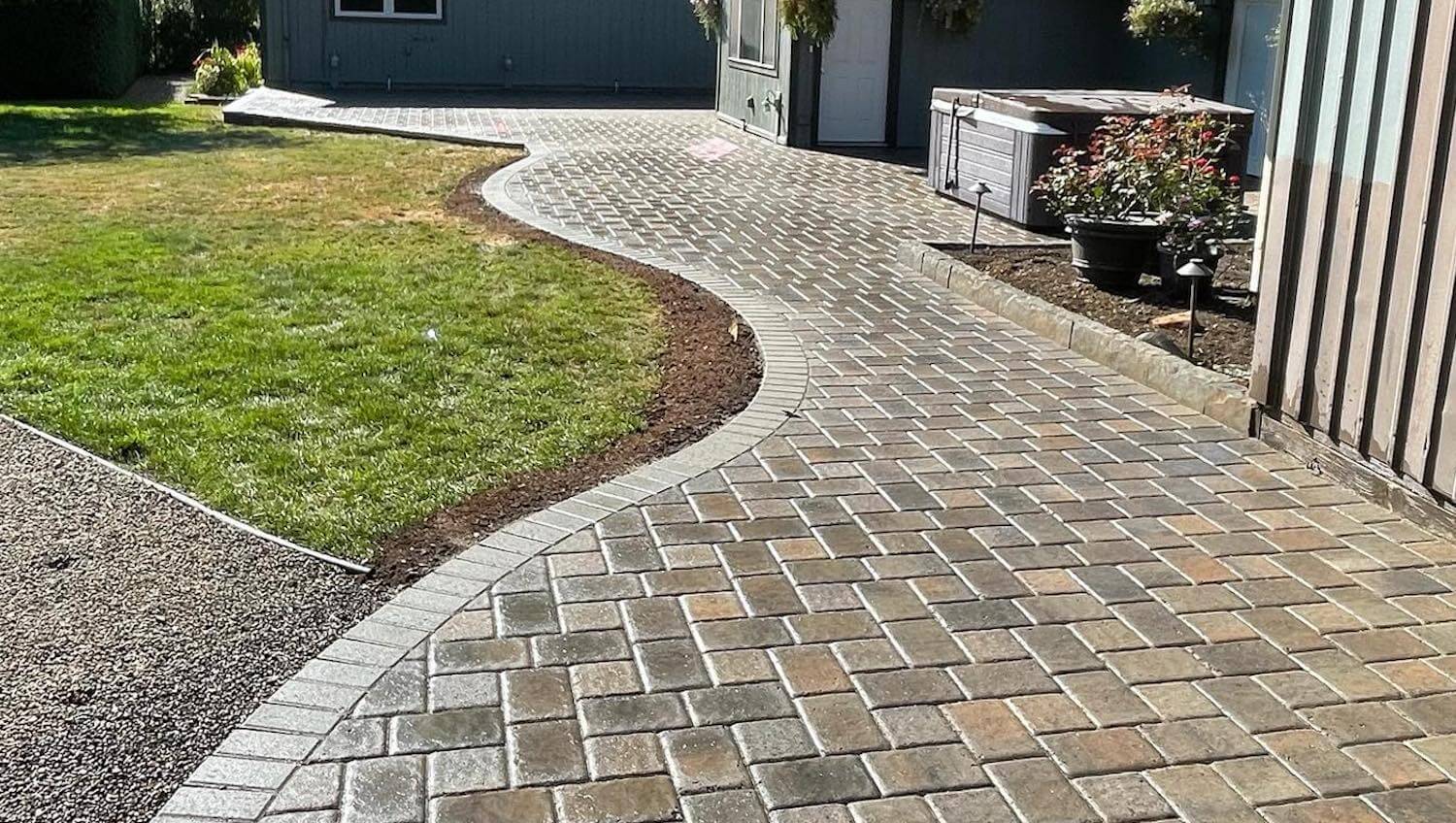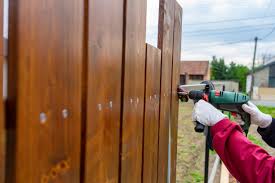Understanding TPO Roofing: A Modern Solution for Your Roof
When it comes to commercial roofing, TPO (Thermoplastic Olefin) roofing has become a top choice for building owners and contractors. Known for its energy efficiency, durability, and cost-effectiveness, TPO roofing systems provide exceptional value for both residential and commercial properties. In this blog, we’ll explore what TPO roofing is, its key features, and why it might be the ideal option for your building’s roof.
What is TPO Roofing?
TPO roofing is a single-ply membrane roofing system made from a blend of polypropylene and ethylene-propylene rubber. This synthetic material is lightweight, flexible, and highly resistant to UV rays, chemicals, and extreme weather conditions. TPO roofing systems are typically installed over flat or low-sloped roofs, which makes them ideal for commercial buildings, but they’re also gaining popularity in residential roofing projects.
Key Features of TPO Roofing
1. Energy Efficiency One of the standout features of TPO roofing is its exceptional energy efficiency. The membrane is reflective, which helps to reduce heat absorption and keep the interior of your building cooler. This reflective surface helps lower cooling costs, especially during hot summer months. By keeping temperatures down, TPO roofing can improve the energy efficiency of your HVAC system and contribute to long-term savings.
2. Durability and Longevity TPO roofing is known for its durability. The material is highly resistant to punctures, tears, and impact damage, making it ideal for areas with harsh weather conditions. It is also resistant to algae, dirt, and debris buildup, helping to maintain the roof’s performance and appearance over time. With proper maintenance, a TPO roof can last between 20 to 30 years, providing a long-lasting solution for your roofing needs.
3. Heat and UV Resistance TPO roofing is built to withstand the elements. Its UV-resistant properties prevent degradation from the sun’s rays, while its heat-reflective surface reduces the amount of heat absorbed by the roof. This helps not only in improving energy efficiency but also in extending the lifespan of your roofing system.
4. Environmentally Friendly TPO roofing is an eco-friendly option compared to other roofing materials. Many TPO membranes are made with recycled materials and are fully recyclable themselves, making them a sustainable choice for those looking to reduce their environmental footprint. Additionally, the energy savings generated by TPO roofing systems contribute to a reduction in overall energy consumption, which benefits both your wallet and the planet.
5. Low Maintenance TPO roofing systems require minimal maintenance throughout their lifespan. They are resistant to mold and mildew growth and are easy to clean. Periodic inspections and cleaning are typically enough to ensure the roof continues to perform at its best. This low-maintenance feature makes TPO a cost-effective solution over time.
6. Quick and Easy Installation The installation of TPO roofing is relatively quick and straightforward. It can be installed in a variety of ways, including heat-welding, adhesives, or mechanical fasteners. The ease of installation reduces labor costs and helps to shorten project timelines, allowing you to enjoy your new roof sooner.
7. Flexibility and Versatility TPO membranes are flexible, which allows them to be used in a wide range of applications, including both new installations and roof replacements. They can be used for a variety of roof types, including flat roofs, low-sloped roofs, and roofs with complex shapes. This versatility makes TPO roofing a great option for a wide range of building styles.













